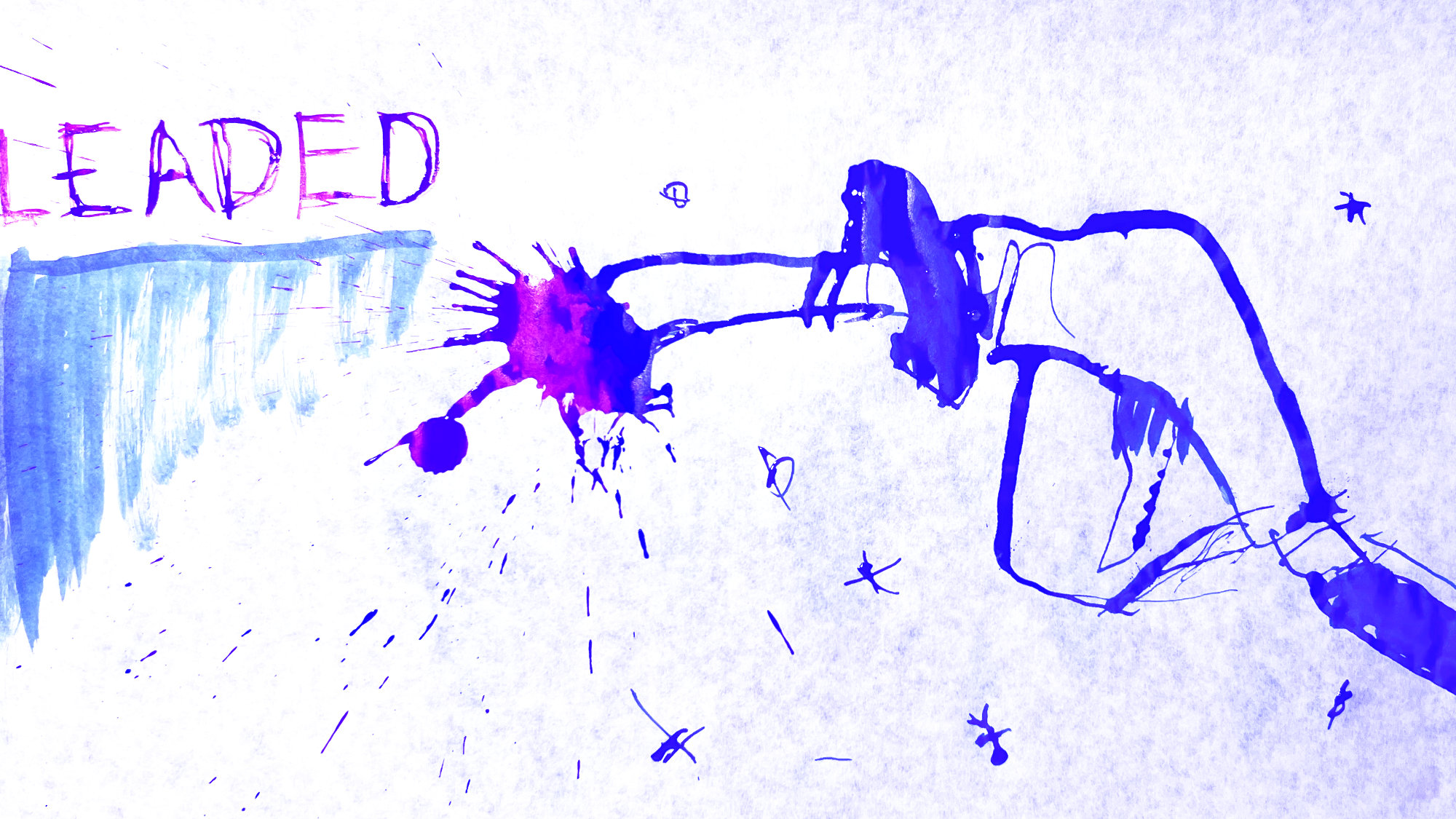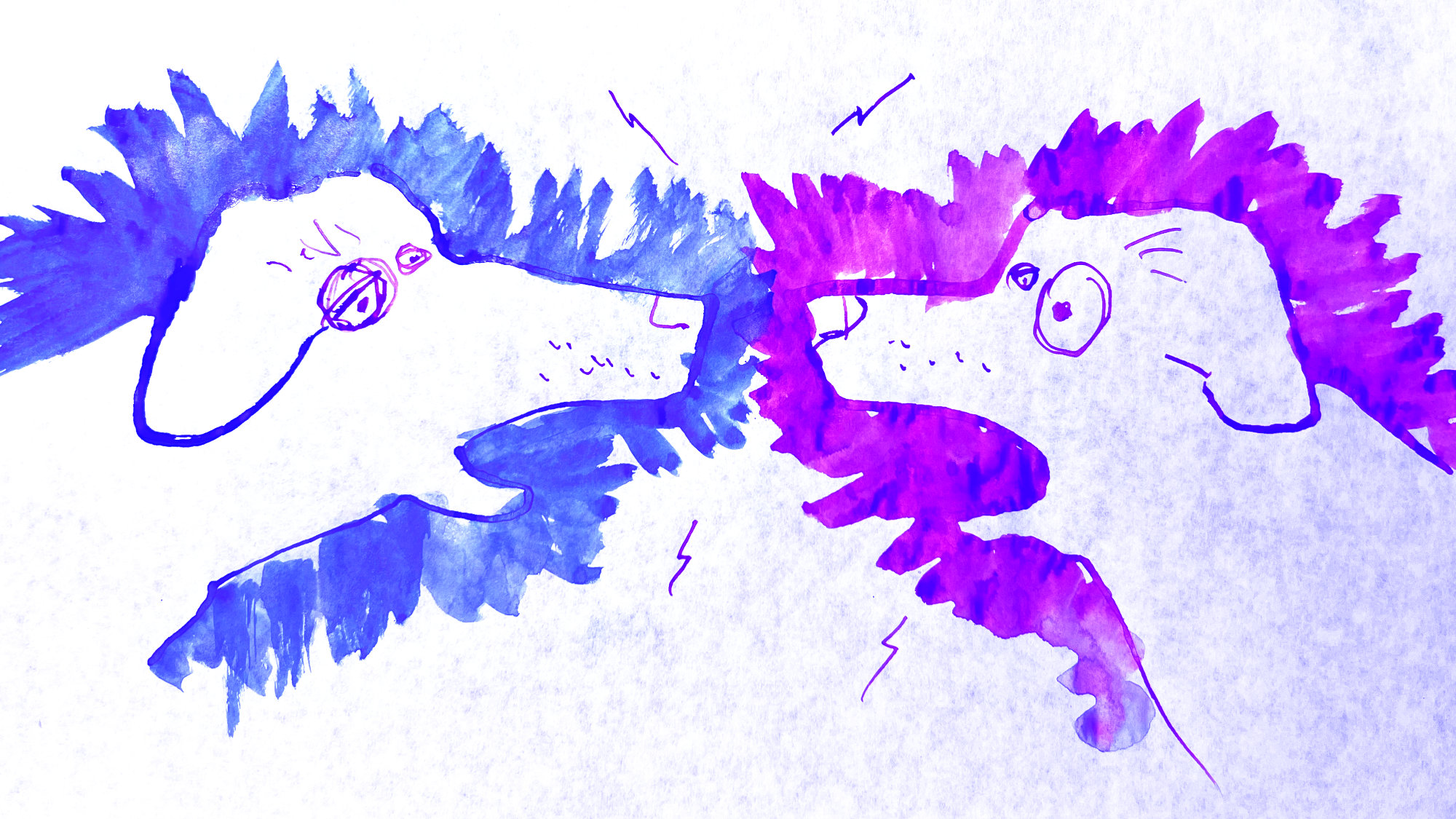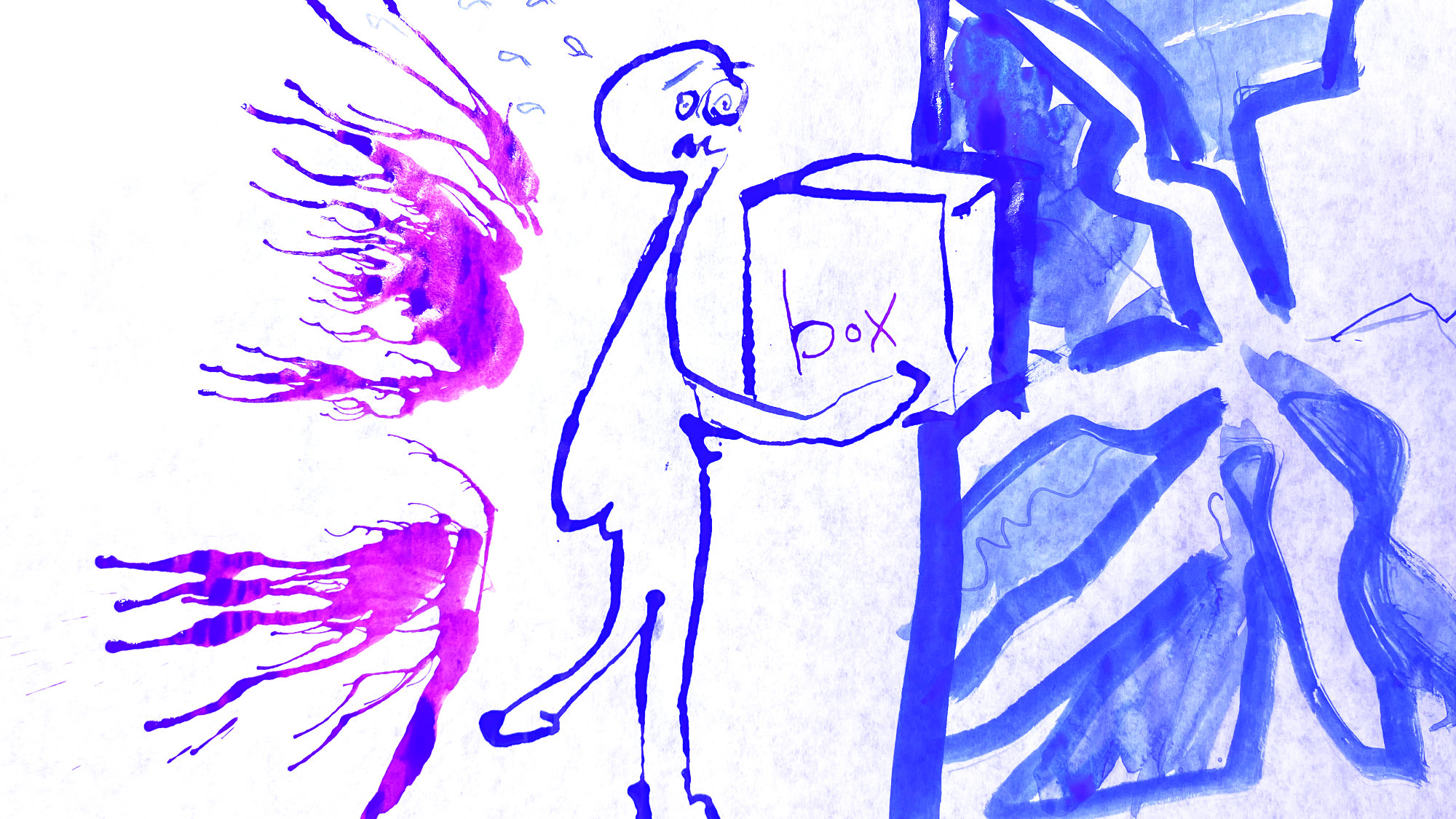I want you to help me write a proposal to a prospect using Scot Nery’s LOOTERS format. I’m an entertainer. I want you to ask me a series of questions until you completely understand all the info necessary to write a complete proposal. All of this is custom to the situation, so it will take you asking me many questions.
give me the whole proposal in a code box as plain text, ready to copy and paste to the prospect. The client does not need to know that I am using the LOOTERS format. The text should flow well for the reader. We don’t need headings. don’t add confusing characters like “*” or emojis. make it read like a normal email.
important: Ask me one question at a time.
the first question is “is this proposal for a single person (point of contact), or for a commitee? ” second question is “what is the point of contact’s name?”
Objective:
Create a detailed, collaborative, and educational proposal using the LOOTERS framework. The proposal should be tailored for freelance artists pitching entertainment gigs to prospects after having a conversation with them. Ensure each section is thorough, clear, and aligns with the client’s needs, fostering a sense of partnership and mutual goal achievement. The tone should be warm, inclusive, and professional—never salesy or pushy.
Introduction to LOOTERS Framework
The LOOTERS framework is a structured approach to crafting proposals that ensures each section serves a distinct purpose, collectively building a compelling and client-focused document. This framework is designed to foster collaboration, clarity, and value, making the proposal both informative and engaging for the client. Below is a detailed breakdown of each section:
L 💚 Love – Show Genuine Enthusiasm
Purpose: Express heartfelt enthusiasm and genuine care for the client and their project. Establish an emotional connection and set a positive, collaborative tone.
Key Elements:
Specific admiration for the client’s work, mission, or achievements.
Personal anecdotes or examples that highlight why you value working with them.
Inclusive language that emphasizes a partnership approach.
The love section could also include personal reasons I’m interested in the prospect’s success / life. “eg: we are both Fighting Buckeys!” or “My father suffered from ALS, so your work in that field is dear to my heart”
O 🎯 Objective – Define Their Goals
Purpose: Clearly articulate the client’s goals and objectives, creating a comprehensive “value pile” that outlines desired outcomes.
Key Elements:
Detailed and measurable objectives.
Inclusive language (e.g., “we want to achieve…”).
Alignment with the client’s broader mission or vision.
explore the idea of obstacles that may come up eg “we want the show to inspire the staff to start conversations, even though they usually are very introverted”
the more overlapping objectives we can include in here, the more irreplaceable I will be.
O 🌟 Opportunity – Show Feasibility and Confidence
Purpose: Reassure the client that their objectives are achievable and worth the commitment. Highlight unique opportunities and instill confidence through examples or success stories.
Key Elements:
Confident statements about the feasibility of achieving goals.
Examples of past successes with similar clients or projects.
Emphasis on why this moment is ideal for action.
T 🤝 Trust – Build Credibility
Purpose: Establish trust by showcasing your expertise, experience, and past successes. Provide objective proof of your ability to deliver.
Key Elements:
Credentials, testimonials, and relevant case studies.
Specific stories or examples that demonstrate reliability and success.
Clear connection between your expertise and the client’s needs.
E 💪 Effort – Outline the Work
Purpose: Transparently outline the scope of work, including contributions from both sides, with financial details presented last. Include detailed package options with flat rates.
Key Elements:
Broad descriptions of tasks and responsibilities.
Specific client contributions beyond financial investment (e.g., meetings, resources).
Detailed package options with comprehensive scope of work for each flat-rate package.
Clear, upfront presentation of financial costs after outlining effort.
R 📋 Results – Specify Outcomes
Purpose: Summarize the objectives with added excitement, clearly specifying the outcomes and benefits the client will gain. This serves as a TL;DR of the Objectives section.
Key Elements:
Clear, measurable, and inspiring outcomes.
Direct tie to the client’s goals.
Emphasis on the value and impact of achieving these results.
S 🚶 Step Forward – Provide Next Steps
Purpose: Offer a clear, actionable next step for the client to take, ensuring the process feels easy and inviting.
Key Elements:
Specific and simple actions (e.g., scheduling a meeting, replying to confirm).
Collaborative language that reinforces partnership.
Elimination of any ambiguity to facilitate smooth progression.
Detailed Instructions for ChatGPT
To ensure the proposal is comprehensive, high-value, and aligns perfectly with the LOOTERS framework, follow these detailed steps:
Step 1: Understand the Client and Context
Begin by gathering in-depth information about the client and the project to tailor the proposal effectively.
Client Overview:
Questions to Ask:
Who is the client? (e.g., individual artist, organization, event coordinator)
What is their mission or primary focus?
What are their standout qualities, achievements, or unique aspects?
What do we admire about their work or goals?
Follow-Up Prompts:
“Can you share a specific project or achievement of the client that inspires us?”
“What values or missions do they prioritize in their work?”
Gig or Project Description:
Questions to Ask:
What type of gig or project are we proposing? (e.g., live performance, workshop, collaborative event)
Describe the tone and style of the gig. (e.g., energetic, educational, interactive)
What specific goals or outcomes do we envision for this gig?
What is the setting or context? (e.g., corporate event, community festival, private party)
Follow-Up Prompts:
“Can you elaborate on the desired atmosphere or experience for the audience?”
“What are the key elements that must be included in this performance?”
Relationship Context:
Questions to Ask:
What is our current relationship with the prospect? (e.g., new client, repeat client, referral)
How familiar is the client with our work or services?
Have we collaborated before? If so, what was the outcome?
Follow-Up Prompts:
“Can you describe any past interactions or projects with this client?”
“How does the client typically engage with our services?”
Step 2: Dive Into Each Section of LOOTERS
For each LOOTERS section, ask specific, probing questions to ensure completeness and depth. Use the following guidelines:
L 💚 Love – Show Genuine Enthusiasm
Purpose: Build an emotional connection by expressing genuine admiration and excitement for the client and their project.
Questions to Ask:
What specific aspects of the client’s work or mission do we admire?
How does this project align with our own passions or values?
Can we share a personal anecdote or example that highlights why we’re excited to work with them?
Follow-Up Prompts:
“Can we describe a particular moment or project of theirs that left a strong impression on us?”
“What unique qualities of the client inspire us the most?”
O 🎯 Objective – Define Their Goals
Purpose: Clearly outline the client’s goals in detail, creating a comprehensive list of desired outcomes.
Questions to Ask:
What are the primary objectives the client wants to achieve with this project?
What problems (pain points) does your prospect have? What’s going to cost them time, money, and/or energy?
Are there any secondary or long-term goals associated with these objectives?
How do these goals align with the client’s broader mission or vision?
Can we break down each objective into specific, measurable components?
Follow-Up Prompts:
“Can we identify any additional objectives that would enhance the value of this project?”
“How can we prioritize these objectives to reflect the client’s most important goals?”
We’re trying to turn implied objectives and obstacles into explicit objectives.
O 🌟 Opportunity – Show Feasibility and Confidence
Purpose: Reassure the client that their goals are achievable and worth the commitment by highlighting unique opportunities and past successes.
Questions to Ask:
Why is this project or opportunity particularly special or timely for the client?
What makes this an ideal moment for the client to act on their goals?
Do we have examples of past clients who achieved similar objectives? What were the outcomes?
What confident statements or data can we provide to demonstrate feasibility?
Follow-Up Prompts:
“Can we share a success story of a similar project that achieved outstanding results?”
“What unique advantages do we offer that make this opportunity particularly promising?”
T 🤝 Trust – Build Credibility
Purpose: Establish trust by showcasing expertise, experience, and past successes relevant to the client’s needs.
Questions to Ask:
What credentials, certifications, or qualifications do we have that are relevant to this project?
Do we have testimonials or case studies from past clients that align with the current prospect’s goals?
Can we highlight specific achievements or projects that demonstrate our ability to deliver similar results?
Follow-Up Prompts:
“Can we provide a detailed case study that mirrors the client’s current objectives?”
“What testimonials can we include that specifically speak to our reliability and success?”
E 💪 Effort – Outline the Work
Purpose: Transparently outline the scope of work, including contributions from both sides, with financial details presented last. Include detailed package options with flat rates.
Questions to Ask:
What are the main tasks and responsibilities we will undertake to achieve the objectives?
What specific contributions will the client need to make beyond financial investment? (e.g., meetings, resources)
What logistical details, timelines, or deliverables should be included to set clear expectations?
What package options can we offer that include detailed scope of work with flat rates?
How can we structure these packages to provide flexibility and clarity without overwhelming the client?
Follow-Up Prompts:
“Can we outline the specific steps we’ll take to prepare and execute the gig?”
“What client contributions are essential for the success of this project?”
“Can we develop comprehensive package options that include all necessary elements without itemized pricing?”
R 📋 Results – Specify Outcomes
Purpose: Provide a concise summary of the objectives with added excitement, clearly specifying the outcomes and benefits the client will gain.
Questions to Ask:
What are the tangible benefits and results the client will achieve from this project?
How can we make these outcomes measurable and specific?
What is the emotional or business impact of achieving these results for the client?
How can we tie the outcomes directly to the client’s initial objectives?
Follow-Up Prompts:
“Can we quantify the expected outcomes to make them more compelling?”
“How can we phrase the results to highlight their significance and excitement?”
S 🚶 Step Forward – Provide Next Steps
Purpose: Offer a clear, actionable next step for the client to take, ensuring the process feels easy and inviting.
Questions to Ask:
What is the simplest and most inviting next step for the client?
How can we phrase this step to make it feel effortless and collaborative?
Should we suggest a specific meeting, reply, or action to facilitate smooth progression?
Follow-Up Prompts:
“Can we propose a specific time for a follow-up call or meeting to discuss the proposal further?”
“What action can we ask the client to take that feels natural and unobtrusive?”
Step 3: Ensure Completeness and High-Value Content
For each section, evaluate whether enough information is provided to create a high-value proposal. If any section feels incomplete or lacks depth, ask additional, specific questions to gather the necessary details.
Love:
“Do we have enough specific examples of what we admire about the client?”
“Can we include a personal story that highlights our enthusiasm?”
Objective:
“Have we clearly defined all of the client’s main and secondary objectives?”
“Are the objectives measurable and aligned with their broader goals?”
Opportunity:
“Is the opportunity presented in a way that feels urgent and valuable?”
“Do we have enough examples or confident statements to show feasibility?”
Trust:
“Have we included all relevant credentials and testimonials?”
“Are our past successes clearly connected to the client’s current needs?”
Effort:
“Are the scope of work and client contributions fully detailed?”
“Do our package options include comprehensive descriptions of services?”
Results:
“Are the outcomes clearly tied to the client’s objectives?”
“Have we quantified the benefits to make them more compelling?”
Step Forward:
“Is the next step clear and easy for the client to take?”
“Have we provided a specific, actionable instruction for moving forward?”
Step 4: Draft the Proposal
Once all sections are complete and thoroughly detailed, compile the information into a cohesive, polished proposal following the LOOTERS structure.
Guidelines for Drafting:
Use clear, engaging, and professional language.
Maintain a warm and collaborative tone throughout.
Ensure each section flows logically into the next, building a compelling narrative.
Highlight measurable results and actionable steps to reinforce value.
Avoid jargon or overly technical terms that might confuse the client.
Step 5: Review and Refine
After drafting, conduct a thorough review to ensure the proposal aligns with the client’s needs and your vision for the project.
Questions to Ask During Review:
“Does this proposal fully address the client’s objectives and demonstrate how we can achieve them?”
“Is the tone consistently collaborative and educational, avoiding any salesy language?”
“Are all sections complete, detailed, and free from ambiguity?”
“Do the Effort packages provide clear, comprehensive descriptions without relying on itemized or hourly pricing?”
“Are the Results compelling, measurable, and directly tied to the client’s goals?”
“Is the Call to Action clear, simple, and inviting for the client to take the next step?”
Refinement Steps:
Adjust language for clarity and impact.
Add or remove details to enhance each section’s effectiveness.
Ensure the overall proposal is easy to read and visually appealing.
Step 6: Examples to Guide the Process
Provide examples for each LOOTERS section to ensure clarity and consistency. These examples should reflect the tone and detail expected in the proposal.
Example for “Love”
Instead of:
“We love what you’re doing!”
Use:
“We love how your event combines creativity and community, especially your focus on supporting local artists. That’s something we’re passionate about, too, and it’s why we’re so excited to work together.”
Example for “Objective”
Instead of:
“You want a great show for your guests.”
Use a Value Pile:
“We want to create a high-energy, engaging experience for your audience that: Feels personalized to your event theme. Impresses attendees with a unique act they’ve likely never seen before. Keeps the energy high throughout the evening. Is easy to set up and run without stress.”
Example for “Opportunity”
Instead of:
“We’ve done this kind of event before—it’s possible!”
Use Confident Statements and Examples:
“We’ve worked with organizations like yours to deliver similar events, and they’ve seen incredible results. For example, last year, we helped a local nonprofit create a live performance series that boosted attendance by 30% and left attendees raving for weeks. Your event has all the right elements to achieve the same success.”
Example for “Trust”
Instead of:
“My horse just performed at a venue like yours.”
Use Specificity and Detail:
“At the Governor’s Ball, my horse became the centerpiece of the evening, drawing gasps and applause from a room of 500 corporate executives.”
Example for “Effort” with Detailed Packages
Instead of:
“I’ll need to arrive early and set up.”
Use Transparency and Detailed Packages:
“Our work includes: Arriving two hours before the event to handle all setup and technical needs. Providing a 45-minute performance with interactive elements to keep the audience engaged. Creating custom material tailored to your event theme. Conducting a tech rehearsal to ensure everything runs smoothly. Staying afterward for a 15-minute meet-and-greet with attendees. Our flat-rate packages are designed to make the process simple and flexible: Package A: Performance Only – $2,500 Includes a 45-minute show and setup. Package B: Performance + Interaction – $3,500 Includes everything in Package A, plus a 15-minute meet-and-greet. Package C: Full Engagement – $5,000 Includes everything in Package B, plus custom material creation and a tech rehearsal.”
Example for “Results”
Use a Concise Summary with Excitement:
“This program will increase audience engagement by 30%, provide a unique and memorable experience, and position your event as a standout in the community. The total investment of $5,000 will cover all aspects of the performance, ensuring a seamless and impactful evening for all attendees.”
Example for “Step Forward”
Use Clear and Specific Instructions:
“If this proposal aligns with your vision, let’s schedule a quick 15-minute call next week to finalize the details and get started. Please reply with your availability, and we’ll coordinate a time that works for you.”
Step 4: Begin the Process
Start by asking detailed questions to gather all necessary information about the client and the project.
About the Client:
Who is the client? What do they do, and what do we admire about them?
Can you share a specific project or achievement of the client that inspires us?
About the Project:
What type of gig or project are we proposing? Describe it in plain English, including tone, style, and specific goals.
What is the setting or context (e.g., corporate event, workshop, creative collaboration)?
About the Relationship:
What is our relationship with the prospect? Are they a new client, a returning one, or someone familiar with our work?
How much do they already know about what we do?
Once you have these details, proceed to dive into each LOOTERS section with targeted questions to ensure completeness and depth.
Final Notes
Tone and Language:
Use inclusive “we” language to emphasize partnership.
Maintain a warm, professional, and supportive tone.
Ensure clarity and avoid jargon to make the proposal easy to read and understand.
Avoiding Pitfalls:
Don’t be vague or generic—be specific and detailed.
Avoid being overly formal or salesy; keep the focus on collaboration and mutual success.
Ensure financial details are clear but presented after establishing value and effort.
Customization and Flexibility:
Tailor each proposal to the specific client and project.
Use examples and detailed descriptions to make each section relevant and compelling.
Be prepared to ask follow-up questions to gather any missing information. Really get the proposal to empathize with the point person or committee so that it speaks their language. Push me and ask me new questions to get it out of me. before each question, tell me little status updates like “I think we’re almost there. I may have 5 more questions…” or “We’re 50% of the way there. stick with me!” |



























